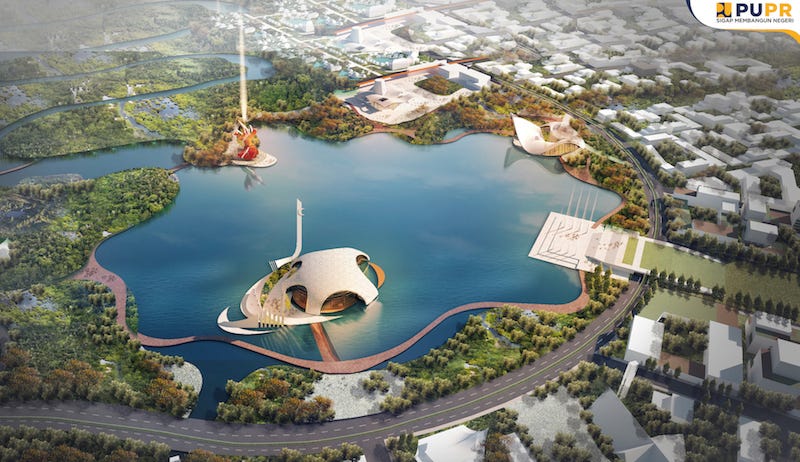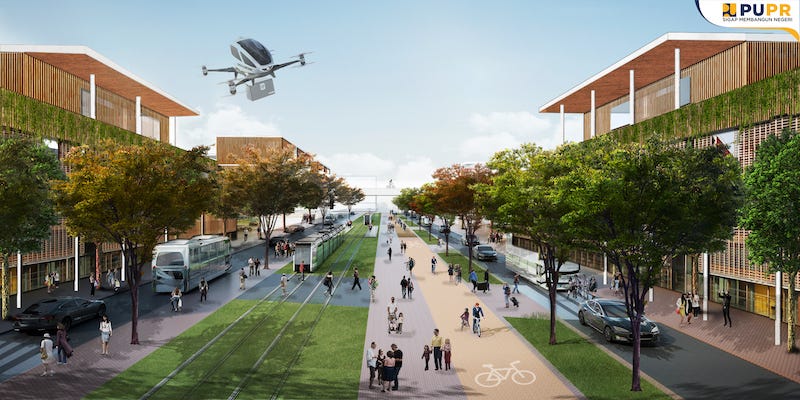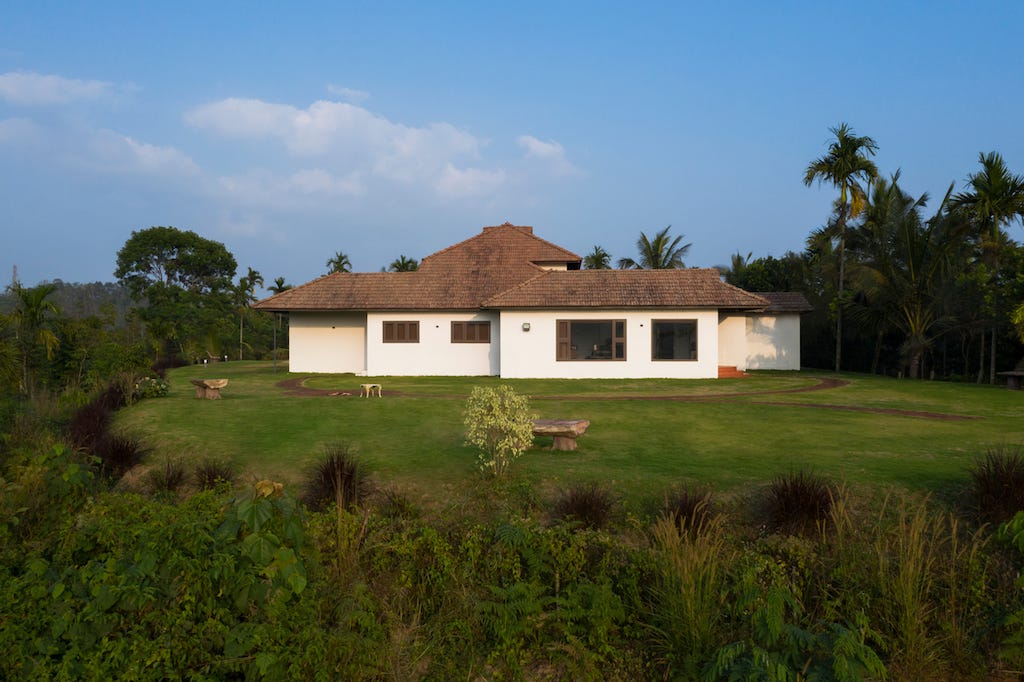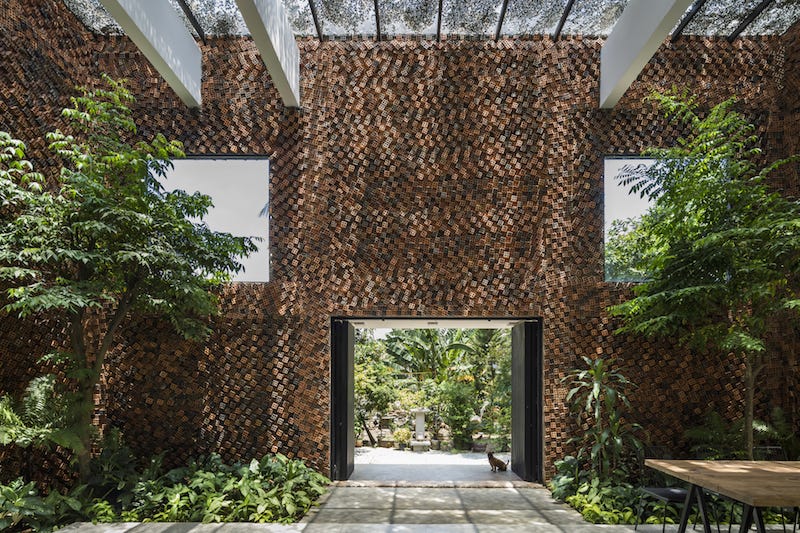In conversation with the architect of Indonesia's new capital city
How will the proposed new capital shake things up in terms of urban planning and can Jakarta revivify itself by giving up its claim as Indonesia's capital?
Welcome to the second edition of our weekly newsletter. We have been busy taking a deep dive into topics that have a bearing on us, whether directly as a stakeholder or indirectly as a reader.
This week we bring you an exclusive interview with Mr Sibarani Sofian, the founder of Jakarta-based architecture and urban design practice, Urban+, and the selected architect for Indonesia’s new capital city that will be located in East Kalimantan on the island of Borneo.
With a stellar professional track record, having worked with top international practices such as SOM, RSP Architects, Planners and Engineers and AECOM, Mr Sofian finds himself in the enviable position of leaving his legacy on a city that is being built to save another metropolis in Indonesia.
Jakarta, the current capital of Indonesia and its largest city in Java, is sinking – mostly due to overcrowding and poor urban upkeep. It needs urgent intervention if authorities are to save the country’s financial hub. And even more than intervention, it will take a prescient vision to relocate the administrative capital to a city that will be carved out of the Borneo jungle.

Stripping Jakarta of its position of administrative seat of power now seems inevitable. Indonesian President Mr Jokowi Widodo, much-lauded for his progressive vision for the country has handpicked the new site, located several hundred miles away from Jakarta and in a remote area of the Indonesian archipelago.
In line with the country’s leader’s vision, Mr Sofian has ambitious plans for the new city. In this interview, he shares the awakening of a new urban paradigm in Indonesia which, he feels, has been rather neglected since it gained independence. Modeled on the deeply profound cultural philosophy of Nagara Rimba Nusa – Bahasa for City-Forest-Islands – the concept highlights the confluence of all three elements in the archipelago comprising 17,000 islands.

He envisages a technologically-savvy, human-scale city with walkability, green spaces, and large boulevards. The consequences of the ongoing global pandemic are not lost on him. He wants to imagine a city that will be resilient and have the ability to bounce back after any such hardships whether natural or man-made. At the same time, he opines that Jakarta could use this much-needed respite to reinvigorate itself – the city’s green pockets currently stand at just 9% of the total area and the groundwater levels are running dangerously low while the sea level is rising.
Other creative professionals and entrepreneurs believe in Mr Jokowi’s conviction. Indonesian entrepreneur Lim Masulin, founder of a sustainable lifestyle and building material brand BYO Living told me that the relocation will bring economic benefits to the artisans of East Kalimantan who have long been unable to gain access to better commercial opportunities.
It’s not often that an architect gets the opportunity to design an entirely new city from scratch. Previously, architects who have been fortunate to leave their indelible mark on cities, are Oscar Niemeyer (Brasilia in Brazil), Le Corbusier (Chandigarh in India), Walter Burley Griffin (Canberra in Australia) and Constantinos Doxiadis (Islamabad in Pakistan) to name but a few. The Covid-19 outbreak has halted the project that was rushing against all odds to meet its 2024 deadline, but it now seems that the plans and budgets have to be reviewed before proceeding further.
For Jakarta, it’s a bittersweet moment. On one hand, it’ll get somewhat of a breather from the urban chaos, and on the other, it stands to lose its significance as the single most important city in Indonesia. While it’ll be a few decades (projected to be completed by 2045) before the city is completely built and the verdict on its successful functioning is out, for now, a promising future awaits many Indonesians on a remote island where a major shake-up is afoot.
In other news this week, the winner of the Singapore Archifest 2020 Pavilion design was announced. Read all about it here. In the project showcase section, we highlight a joint community project by Hong Kong Institute of Architects and Orient Occident Atelier who have funded and designed a safe drinking water space in rural Cambodia that also serves as a social gathering hub for celebrations and festivities.

A green holiday home (above) in south India’s verdant Kerala state evokes old-world charm with its use of salvaged and repurposed building materials and a house in Vietnam (below) offers a novel way of using vernacular materials and technology to create innovative forms while deploying a passive design strategy.

Last but not least, a retrospective of the 2018 Pritzker Laureate Balkrishna Doshi’s seminal works will be held for the first time outside Asia at Chicago’s Wrightwood 659 private institution.
In the next issue, read our exclusive interview with Jane Rothschild, the Australian co-founder of The Anganwadi Project, a non-profit organisation that helps build low-cost and sustainable buildings for community-based early childhood education in India’s rural and underserved areas.
Keep reading and share your views, tips, and suggestions to help us make this publication a worthwhile read.



